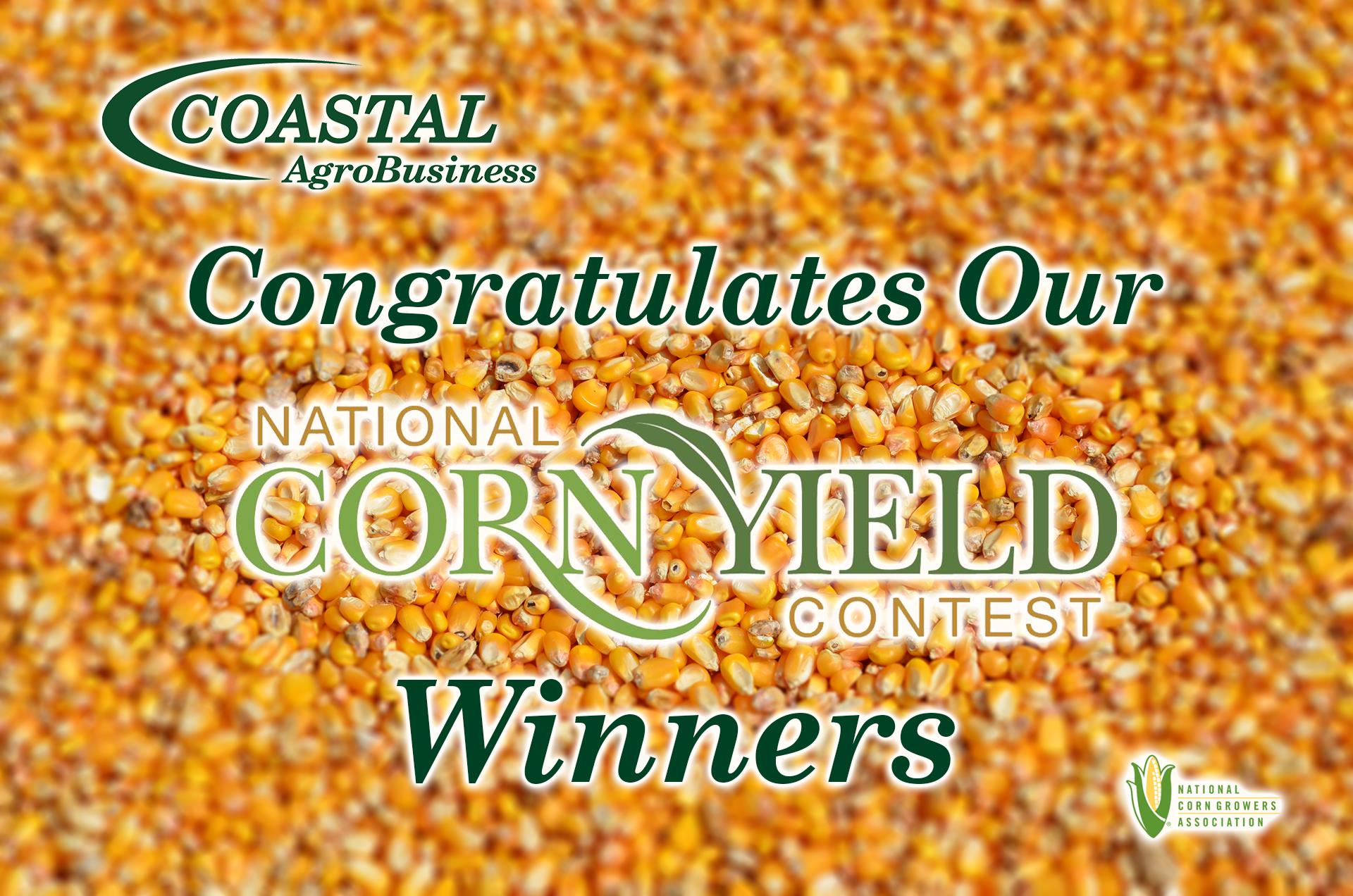By: Tom McKemie, Coastal Tech Services Mgr
The 2014 corn planting season is rapidly approaching. Here are a few things to consider as you get ready to put that seed in the ground.
Everyone should have their planters “tuned up” and ready for planting. The cleaning and calibration of corn planter units go a long way in achieving a uniform “picket fence” stand. Replace worn or defective parts and make sure everything is in top working order. Remember, the goal is both precision and accuracy.
Corn is a warm weather crop and likes temperatures in the 85°-90°F for optimum growth. However, at planting, the soil temperature needs to be at least 50°F. At 50°F, corn seed can imbibe water and start to germinate. If the soil temperature falls below 50°F, the seed will still imbibe water but the germination process dramatically slows down. The cooler temperature will cause stress to the seed, slowing emergence even when temperatures rise.
While corn can grow on many different soil types found in our area, it does best on productive soils. Corn really likes sandy loam soils that don’t dry out too quickly. Soils that have adequate fertility, no compactions and excellent drainage are the best. Corn is a grass crop and needs abundant moisture to grow. Soils that tend to be droughty are typically not the better corn land.
Choosing the best hybrid is the single most important decision you can make. Talk to a Coastal representative to make sure you have the correct maturity rating for your area. The correct relative maturity is important for pollination and harvest timing. It’s also important to know your weed pressures so you can choose between a Liberty or glyphosate herbicide program.
Plant populations for North Carolina tend to be in the 28,000 range, but good strong soils with the proper fertility can support higher populations up to 34,000. Data from NCSU’s Dr. Ron Heiniger suggests that for every additional 1,000 plants per acre there is an increase of about 3 bushels per acre in yield. Soil type should be the first consideration if you plan to push plant populations. Heavier soils with better water holding capacity and nutrition are better than sandy soils, and have higher yield potential. Recommended populations range from 19,000 to 24,000 for sandy soils with low rainfall, 24,000 to 28,000 for heavier soils, and 28,000 to 32,000 for irrigated corn. The seeding rate should be about 10 – 15% higher than the desired harvest population
Planting depth is also very important. Corn in our area should be planted to a depth of about 1.5 – 2 inches. If you are planting on the early side, you should consider 1.5 inches. Too shallow and the corn will not properly develop a strong secondary rooting system which will help during drier times as the season progresses.
Use a starter fertilizer program. The ideal starter program would be an in-furrow application coupled with a 2 X 2 application. Using a low salt, orthophosphate fertilizer (like Advance 6-24-6) on the seed will promote quicker germination and will give young seedlings the nutrients they need to get off to a quick, uniform start. Our data shows proper in-furrow applications improve yield and quality over all soil types and environments. When the corn roots reach the 2 X 2, they can pick up additional N, P and K. Potash is often overlooked in a good starter program. Nutrient availability and utilization is critical in the first 21-25 days after germination, so definitely consider a complete (N, P and K) starter application. To aid in the solubility and availability of nutrients and to promote early root growth in an in-furrow or 2 x 2 application, consider using Advance LCO. (See our Advance Equipment Program to get started with in-furrow starter applications)
Corn is an excellent rotation crop especially for controlling tough weeds like Palmer pigweed. Corn does especially well following legume crops like peanuts and soybeans. The additional nitrogen can be up to 20-30 lbs and can supplement a nutritional program. It should not be counted on every year. Always use your soil test as the starting point and then add to it. Soil tests only give you what you need for an average crop. Higher plant population and higher yields require additional fertilizer inputs.
If you have selected the proper hybrid and have made good planting decisions, you will have your corn crop off to a good start.
For more information on getting your corn off to a good start toward higher yields, contact your local Coastal sales representative.





